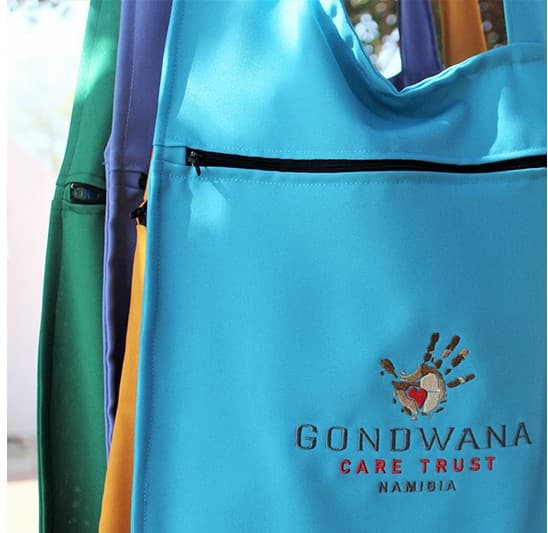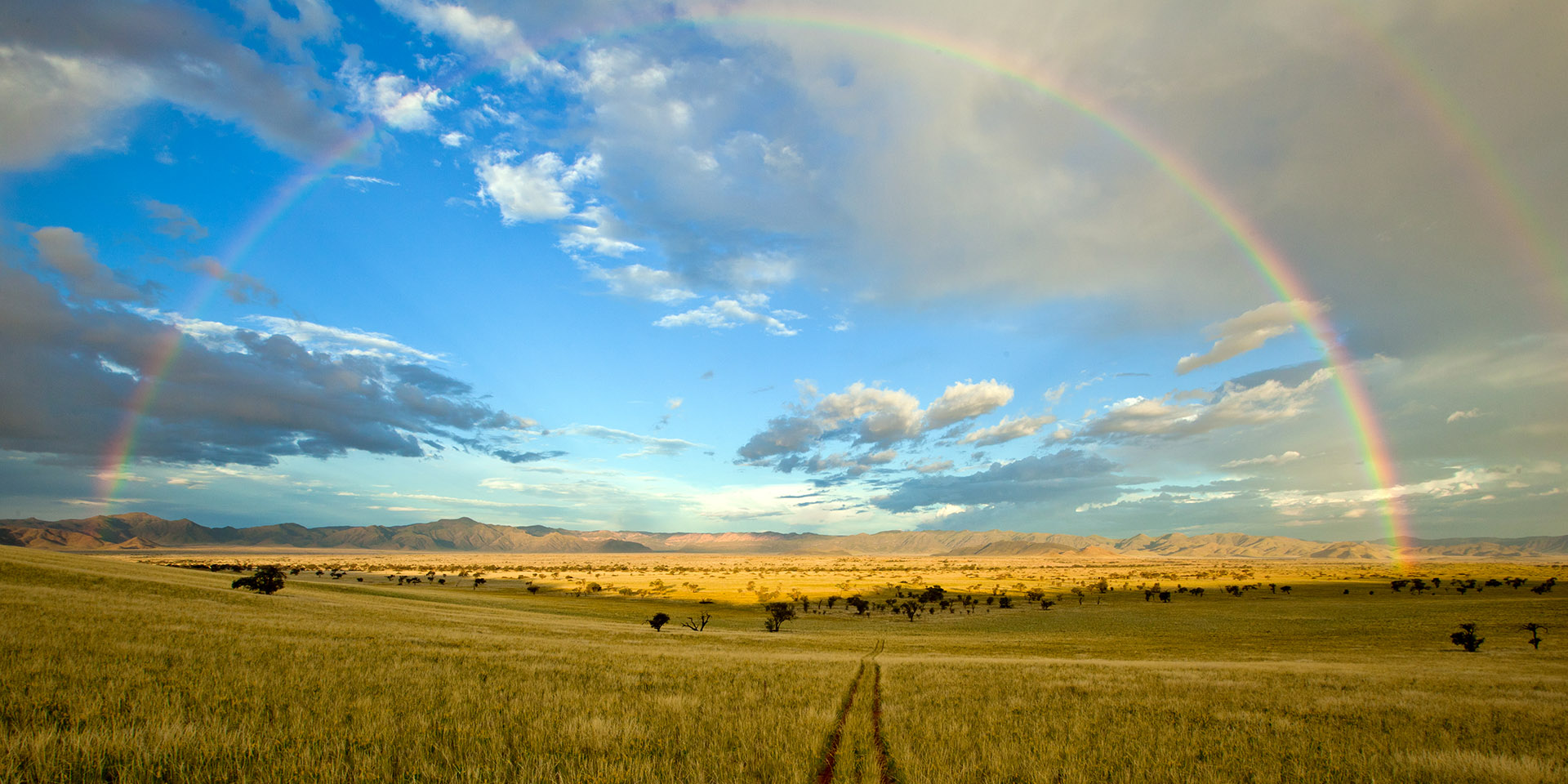The Christmas season is celebrated by millions of people around the world every year. Houses are decorated, friends and loved ones are showered with gifts, and sumptuous feasts are prepared. But there is also a different side to Christmas, the “side effects” we tend to ignore or are unaware of. Thirty percent more waste than usual is generated during our festive season and this includes 6 million discarded Christmas trees, 365,400 kilometres of wrapping paper, 114,000 tons of plastic packaging that cannot be recycled, and 360 million dollars spent on food, of which a third is dumped.
But enough of complicated numbers. Have you ever heard of Green Christmas? Yes, in Namibia we celebrate green December every year, but we are not talking about the lack of snow. Christmas can be celebrated and prepared in a sustainable and eco-friendly manner and it does not have to be boring! From wrapping paper, decorations, gifts, to special dinners, we want to show you how you can step into Santa’s “green” footprints:
1. Wrapping paper:
In order to know whether your chosen wrapping paper is recyclable or not, do the scrunch test. If the paper stays scrunched it is recyclable; if it returns to its original shape, it’s not. As a substitute or alternative to glossy and plastic wrapping paper, why not make use of old comic books, newspapers, old maps, cloth, or brown paper? Decorate with greenery from your garden, dried orange slices and ribbons from last year. Your gifts will look pretty with a rustic, modern touch and will be guaranteed to be eye-catching. As a bonus, you will have peace of mind.
2. Christmas decorations:
This is your chance to go full out and decorate your entire house, Christmas tree and more the sustainable way. Christmas wreaths are easily created out of twigs, eucalyptus, olive, conifer or spruce leaves, dried oranges and apple slices, cinnamon sticks and anything else you fancy from your garden, kitchen, or previous wreath components. Create a snowman by reusing beer bottles, or keep your empty jam jars for romantic Christmas wind lights. The best platform for ideas like these is Pinterest. You can of course also make use of edible decor, like cookies for ornaments. And if you use Christmas lights, consider switching to LED, solar, or energy saving bulbs.
3. The Christmas tree:
Christmas trees are a must in the majority of households that celebrate Christmas. Various cultures and religions choose to celebrate Christmas differently, or not at all. If you prefer a Christmas tree, planting a Christmas tree in your yard or in a pot is a much more sustainable way to go. In this way, the tree can be used every year and doesn’t have to be dumped. Alternatively, Christmas trees can easily be created (DIY) with materials such as wood from old pallets, books, or even a ladder. Any innovative and unique idea will do and will bring change into the celebrations and lots of fun for kids.
4. Christmas meals:
We are prone to go overboard with preparations for the food that is to be enjoyed by family, friends and colleagues. Often, though, a lot of food goes to waste after the celebrations, as it’s just too much and we often do not realize how much food is wasted, as long as we enjoy the feast. But consider the number of people who go hungry during the festive season who do not have the privilege of enjoying a Christmas dinner, and also the amount of waste that disposed of food creates that is turned into methane and is a major contribution to already existing greenhouse gases. What can we do to prevent this? Make use of leftovers to create innovate “new” meals for the next few days, which also saves Mom time in the kitchen and money spent on new groceries. Preparation is key, so plan your meals well and try to reduce everything a bit. Let’s be honest: with dessert and a main meal no one will leave hungry. Meal prepping ahead of Christmas day will further reduce the stress and pressure of trying to surprise everyone with the dinner of the year.
5. The gifts
This is probably the best and most anticipated part of Christmas, but often people spend too much money on gifts that often serve no purpose. Buying fewer but more meaningful gifts is a good approach to start with and if they are handed over with love, quality over quantity will gain a whole new meaning. A useful tip is to support local industry as much as possible and to invest in experiences and gifts that last longer than just until Easter. Recycle or re-gift toys and gifts and make use of cloth advent calendars. DIY goodies and handmade crafts are a token of love and appreciation. Again: Pinterest is a great source of ideas! If you have something to give away, or would like to make someone random happy this Christmas, please consider donating your children’s unused toys, outgrown clothes, or other crafts and materials to a local charity organization or to the Gondwana Care Trust, where donated items are used for the Christmas Bag Projects for children.
It is up to us to make a difference and to show our children that Christmas is the best season to spread love and happiness, without creating unnecessary waste, stress, and spending too much money. With just a little bit of creativity and innovation, every gift, card, tree and meal can save the planet and our environment a little bit. If Christmas is about giving, let’s give love, togetherness, and “Green” back.
If you have any ideas on how to celebrate the festive season in a more sustainable and eco-friendly way, feel free to share it with us, and have fun recreating Pinterest ideas!
Author – Hi! I am Elke, a born and raised German-Namibian. I love to travel around and explore different cultures and places, but my home country always magically draws me back home again. Oh, and if it involves food, count me in on the adventure.







SUBMIT YOUR COMMENT